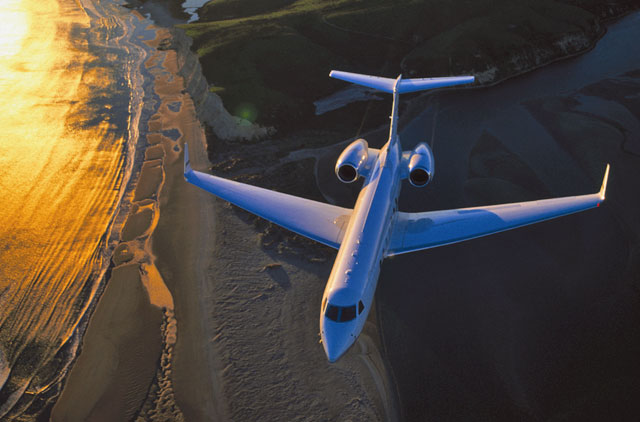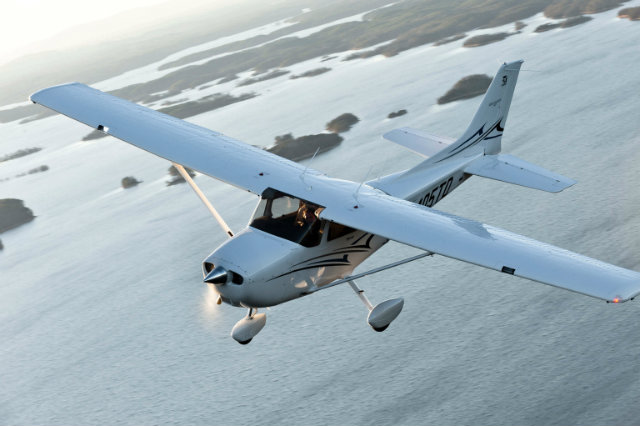Business jets are set to outperform all other certificated general aviation aircraft types in the USA over the next 20 years, according to a new forecast published by the Federal Aviation Administration.
It predicts that although the average annual growth rate for the whole general aviation sector,which includes traditional business jets, turboprops, fixed-wing piston aircraft and helicopters, will be 0.1% in the period to 2037, the business jet fleet will grow at an average rate of 2.3%, arriving at respective totals of 213,400 and 22,000.
Turbine aircraft as a whole will also perform better than piston-powered types, it says, with the US inventory expected to climb from 23,400 in 2017 to more than 34,600 in 20 years, an annual average growth rate of 1.9% over the period. Turboprops will grow by a more modest 1.4% a year, with the fleet totaling 12,600 in 2037, says the FAA.
Its upbeat prediction is based on anticipated growth in the US economy, and expanding corporate profits – key ingredients for a thriving business aircraft market.
In contrast, the country's fleet of fixed-wing certificated piston-singles is expected to shrink over the forecast period by 22,500 aircraft – an average annual decline of 0.8% – with the FAA predicting an inventory of around 117,500 in 2037.

Gulfstream
The agency attributes the sector’s gloomy outlook to “unfavorable pilot demographics, overall increasing cost of aircraft ownership and new aircraft deliveries not keeping pace with retirements of the aging fleet”.
The industry is hoping the recently introduced rewrite of Part 23 regulations, governing small business and general aviation aircraft, will eventually help to stimulate this sector by easing the regulatory burden and slashing the cost of designing and developing new certificated aircraft.
The light-touch approach to aircraft validation is certainly paying off for the US light-sport (LSA) sector, which the FAA expects will grow from an admittedly small baseline of 2,700 in 2017 to 5,900 in 2037, the FAA predicts, representing an average annual growth rate of just over 4%.
Overall, the FAA remains positive, however:“The long-term outlook for general aviation, driven by turbine aircraft activity, remains stable to favourable.”

Textron Aviation
The outlook for flying hours across the sectors is expected to stay in step with the change in fleet size, according to the report. Hours flown by turbine business aircraft are expected to rise from around 7 million in 2017 to 11.3 million in 2037 – an average annual rise of 3% – while LSA flying hours are predicted to grow by an average of 4% from 218,000 in 2017 to nearly 530,000 in 2037.
Unsurprisingly, hours flown on traditional fixed-wing piston aircraft are predicted to slide by nearly 2 million over the forecast period to 10.8 million hours forecast for 2037, a 0.8% average annual fall.
Source: Flight International



















